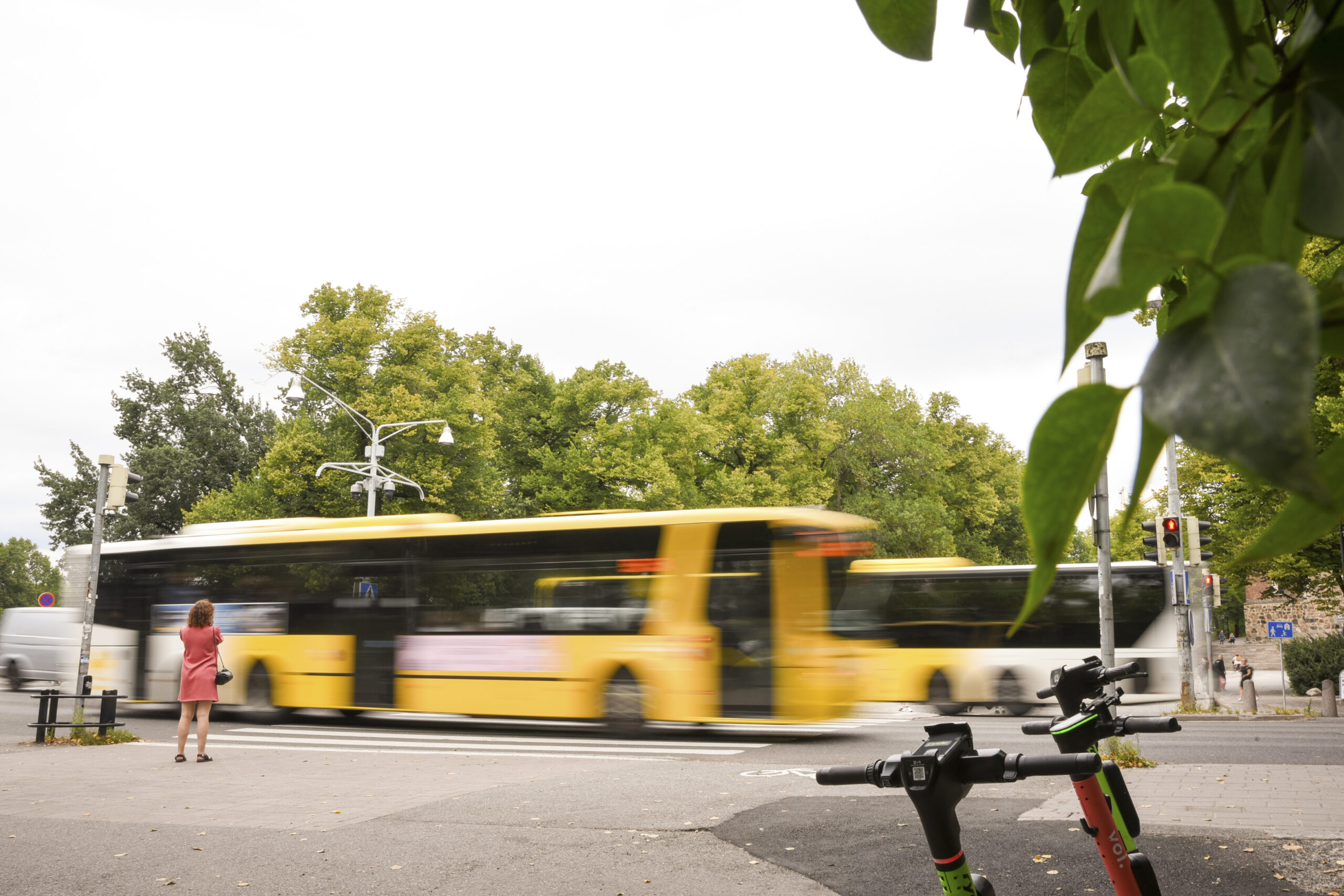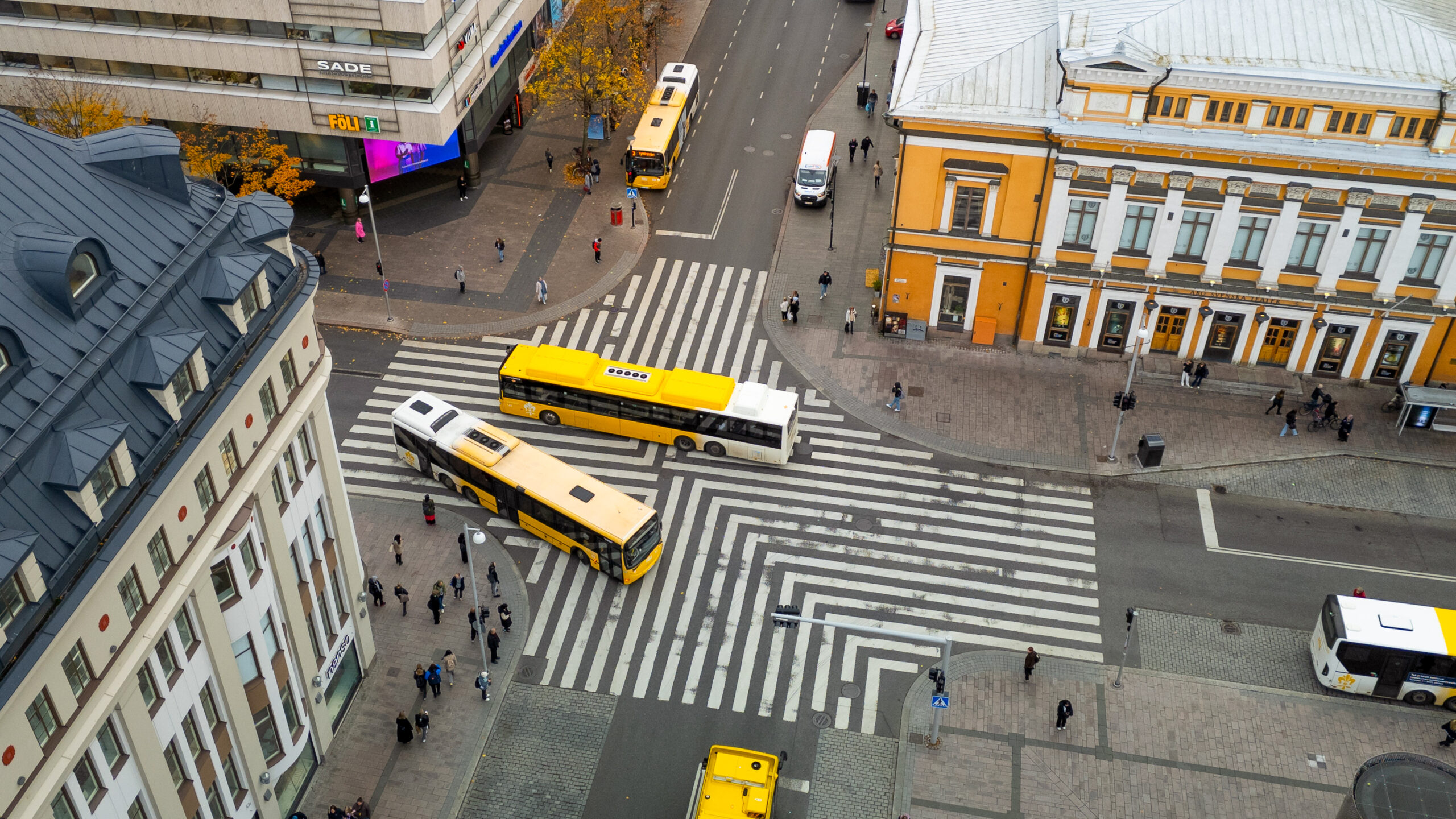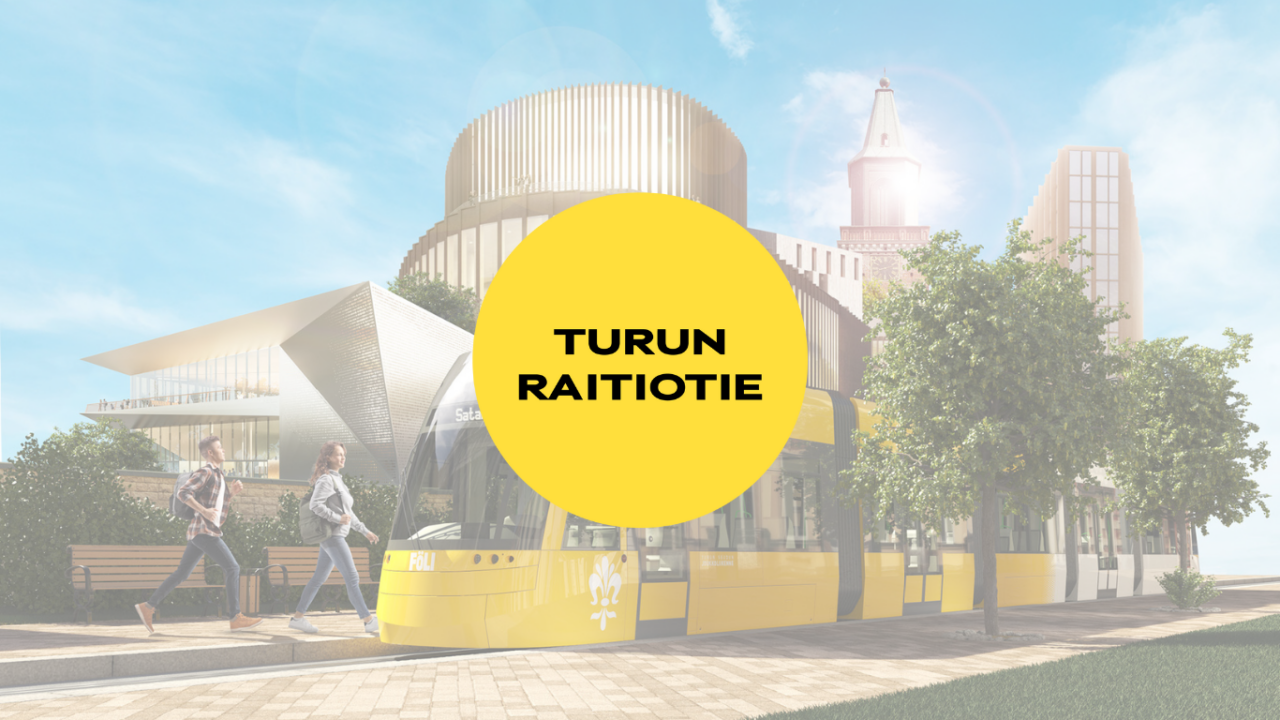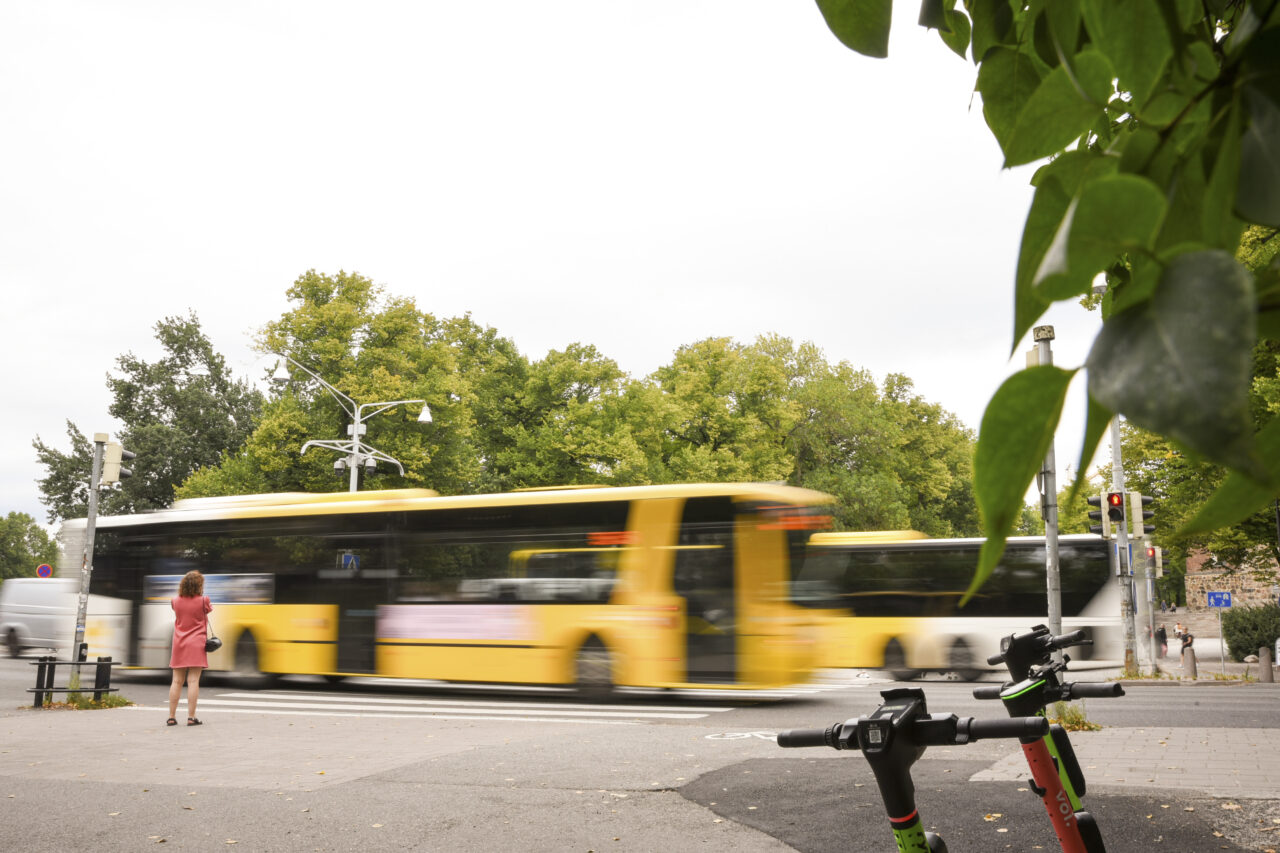News
The Tramway as a part of Föli – Permanence and smooth public transport for the entire city
The Tramway would complement Turku’s public transport system as a part of Föli, allowing passengers to use the same ticket for a combined bus and tram journey, for example. Population growth estimates show that the number of passengers in Turku’s public transport will increase. A tram can carry many passengers. It would, therefore, add capacity that buses alone cannot do. According to Föli’s Public Transport Director Sirpa Korte, the strengths of a tram include permanence, smooth operation and ease of use.

The Turku Tramway, which is currently undergoing implementation planning, would not be a parallel public transport system that competes with Föli. According to Föli’s Director of Public Transport Services, Sirpa Korte, it’s exactly the opposite: the tramway would become a natural part of Föli and complement its bus routes.
What this would mean, for example, is that passengers could hop on a tram and ride with the same ticket they use for the bus, planning their routes as combinations of different modes of transport.
“We work to constantly improve and develop our public transport. If implemented, the tramway would complement Föli’s existing bus lines and, for example, add connecting bus routes alongside it. With a tramway, we could move around buses from congested lines and provide more coverage in our public transport system,” says Korte.
Korte, who has worked on Turku’s public transport system for almost 20 years, such as developing the public transport in Turku in cooperation with all Föli municipalities and the bus operators. She also works on other areas related to mobility, such as logistics and the Fölläri city bikes.
Currently, about one third of Turku residents live in catchment area of the tramway. According to Korte, even residents who do not live or work along the tramway would benefit from having it in the form of a better public transport system. Good public transport is something that people want to use. In addition to smooth mobility, the tramway would also introduce many other positive outcomes.
“The strength of rail traffic is that the tracks are permanent. It makes the tram smooth and easy to use and inspires trust in passengers as well as people that are considering moving to the area or looking for business premises,” says Korte.
Population growth and the increasing number of passengers in public transport create pressure for a functioning system of public transport
During covid, the number of public transport users fell in Turku, much like other cities, but now the numbers in Turku have already reached pre-covid levels. In 2023, the number of passengers on public transport grew by one per cent compared to pre-covid 2019. Last year’s growth was five per cent. There are now over 26 million trips per year made on Föli.
For comparison, the number of passengers in Tampere’s public transport has almost doubled since their tramway opened in 2020. Last year, there were almost 54 million journeys on Tampere’s public transport system, Nysse.
Studies show that tramways change the mode share of transport in cities, i.e. how many people drive, take public transport, ride a bicycle, or walk. With the tramway, more people use not only the tramway but also other forms of public transport.
Korte wants to create a public transport system in Turku that is a functional, accessible and efficient alternative to private cars.
“There will be a point at which buses alone are not sufficient for Turku’s public transport. If you can’t fit on a rush-hour bus, your trust in public transport begins to erode. This may lead many to switch to their own car, which causes further congestion. That is not a development we want,” says Korte.
A tram can carry double the passengers of a bus
Currently, Föli has approximately 250 buses. During rush hour, there are up to 200 bus departures per hour off Market Square. However, more departures are not the solution to congestion. If the frequency drops under five minutes, the buses begin to queue up.
A tram can carry more passengers than a bus. In Turku, trams would only run on public transport lanes, on certain streets. A full electric bus can carry 90 passengers while a tram can carry 220–260 passengers, depending on the rolling stock. That is why a tramway would offer a significant increase in capacity.

The currently plans for the tramway route receive praise from Korte.
“The eastern section, from the city centre through Kupittaa to Varissuo, is excellent considering the public transport need. Passenger numbers are growing in the eastern parts of Turku, and buses that go there are already congested from time to time. The section to the west of the city centre, towards the Port, would serve the development of the city. In addition to the new districts in the west, there’s also a new port terminal and museum under construction there,” says Korte.
Föli’s new trunk lines launch in July
The new bus trunk lines of Föli, which will start operating on Tuesday, 1 July 2025 (Opens in a new tab), will already ease the increasing number of passengers. The plans for the trunk lines, which have been under preparation for a long time, has been a major focus for Föli.
“We want to make the bus routes more attractive and expand them. With a trunk line network, we consider the customer’s interests to make sure an increasing number of Turku residents can easily ride the buses,” says Korte.
Trunk line buses run frequently, and we have also focused on providing passenger information on them. The trunk lines are colour coded for ease of use, and transfers are indicated on the buses. There are also improvements to bus stop safety and accessibility.
“If a tramway is built in Turku, it would be the best of Föli’s trunk lines,” says Korte.
Finland is in a renaissance of trams
Korte and her team frequently talk to other public transport operators both in Finland and abroad. Tramways come up increasingly in discussions about the future of public transport. There is not a place where tramways seen as a deprecated or historical mode of transport.
People are even calling it a tramway renaissance. For example, Finland has built over 100 kilometres of new tramways since the 2010s.
One key factor of tramways and other public transport is integrating them into other urban development.
“The development of cities supports public transport, and well-functioning public transport enables cities to develop. That is why we at Föli work closely with Turku’s detailed planners whenever we try to improve public transport, for example,” says Korte.




